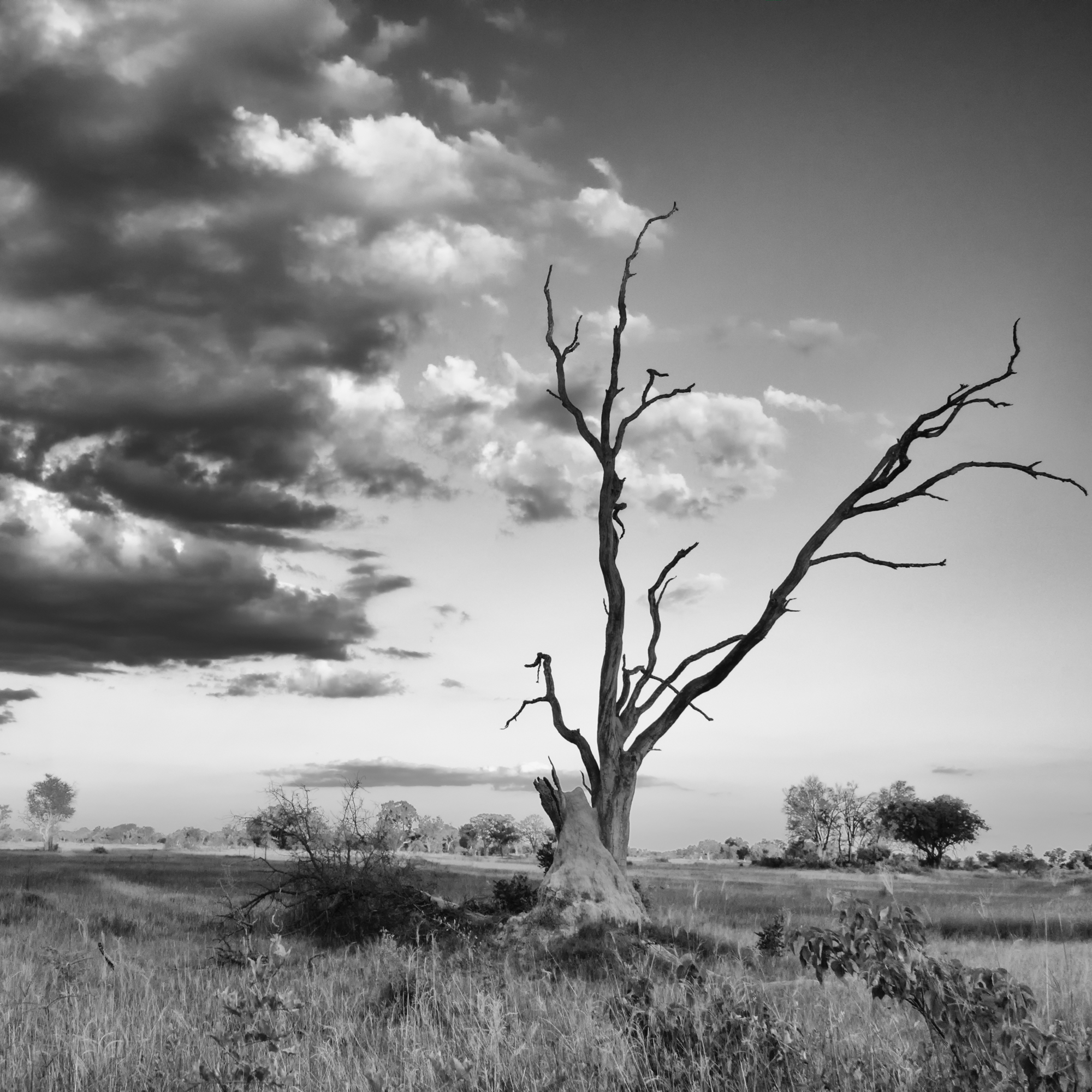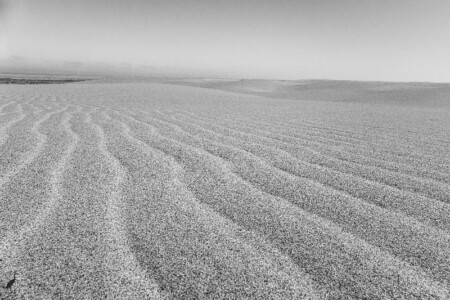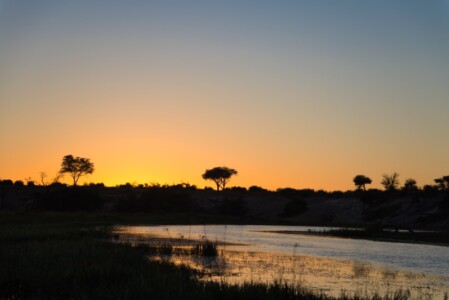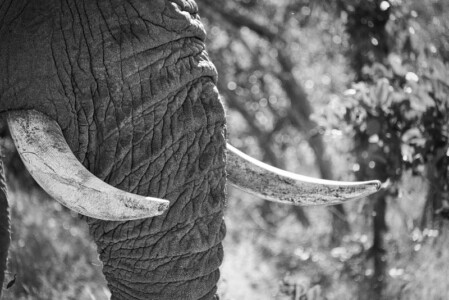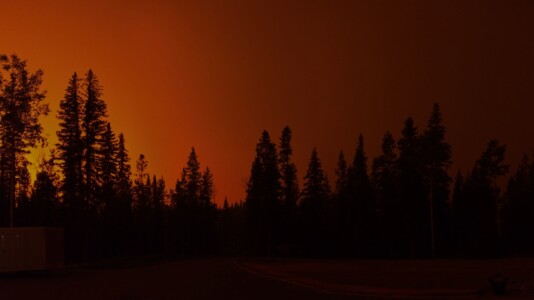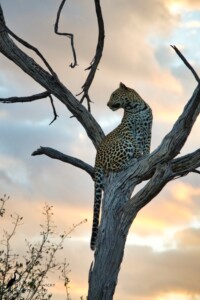
2018-09-03: August in Review
August’s Topic of the Month – Editing with Luminar
I didn’t get out and take many images in August, but I feel like I learned something during my month focusing on editing in Luminar. The obvious one is that I have learned how to work with a new software program, which is a skill that I am looking forward to honing further in the future. But taking that step back from the routine of editing that I created when I moved from Lightroom to On1 has been very beneficial in helping me to slow down and really see an image. To figure out what I really like about it, and how best to accentuate that.
Not having the familiarity with the functioning of a program, it takes longer to edit. You need to search around a bit to find the tools that you need to create the look that you want. I’ve needed to really slow down and think about what I am trying to achieve; perhaps an image needs the appearance of more sharpness or the colours are flat and not how I recall them to be. From there I’ve needed to find the best tool available to me to make that happen.
It’s also been fun to play around with shots that weren’t necessarily keepers, just to see how well the program works. It’s pretty easy to edit an image without issues; it’s being able to make good something that is interesting to me that was shot under less than favourable conditions, or with less than ideal camera settings. Being out in nature, there are times when the light isn’t going to be where you would like it in relation to your subject, or the colour cast on an animal will have it look strange. I want to be able to correct those, and a host of other situations, because great moments are always happening, and I’d rather have a shot than no shot.
So while I still have much to learn about the software, I now feel comfortable using it and I know what filters to turn to first to correct different issues. There’s still lots to learn but I think my month of Luminar was a great success.
What’s New this Month
I’ve let a few things slide as I have been trying to use as much time away from work that I can enjoy what little summer we have had. So right now, I don’t have any new items to show you on Vida and I haven’t posted anything new to the galleries this month. But, if you haven’t checked either out before, there will be something new for you to see. So feel free to pop over to the gallery and check out some of my favourite images (to date), send someone a free e-card, or maybe buy yourself something beautiful to decorate your walls. If you’ve not checked out my Vida page before, on that site you can find textiles featuring some of my images; there are tops and wraps, bags and pillows, and scarves to keep your neck cozy as the cooler weather approaches.
Five Favourites for August
What’s Coming up Next?
For September, I am going to take a dive into the Topaz Studio program. I’ve managed to use the program a couple times, but I don’t find the interface intuitive at the moment, and haven’t been able to make it do what I’d like to do just by playing around with the program. Topaz has so many different programs that are part of Studio, such as impression, which I love to use for my artistic impression images, so I am looking forward to creating some interesting images to share.
And with that, it’s time to bundle up and take the dog out for a walk. Because right now, it feels like Mother Nature has turned the switch on summer to off.
Have a great day everyone!
2018-09-03: Monochrome Monday
Wishing everyone a great week ahead!



2018-09-02: Leopards in Luminar
I mentioned in my post last week that I would concentrate on using Luminar in Windows for the balance of the month. I missed getting this posted before the end of the month, but still wanted to share the images and my thoughts on Luminar in Windows.
First off, thankfully the clone and stamp issue that I found the first time I opened my version of Luminar in Windows had been corrected once I updated the software. Basically what was happening is the clone and stamp layer would appear to work normally, but then would disappear once you clicked done on the clone and stamp module. A bit frustrating, so I am glad that is no longer an issue.
I had read in a few blogs that there were a couple fewer filters on the Windows version; I didn’t count them myself and never found I was missing a tool I wanted to use, so that’s definitely not a concern for me. The one thing I really enjoyed was using the touchscreen for creating masks; my Windows machine is a Microsoft Surface complete with the Surface Stylus. What a huge difference using that made in terms of accuracy. I never transferred my logo file to my Windows machine, so I had to open up the edited files on my Mac to add a logo and then export. I didn’t have any issues with using the files on different systems, which is a good thing as I don’t see leaving my Mac as my main editing machine any time soon, but it does mean that I can work on the road and transition to home in a fairly seamless way.
I’m going to say for my editing purposes, there really isn’t any difference between Mac and Windows for using Luminar. Others may have a different experience, but I didn’t have any issues.
I decided on leopard images as I knew I had some that had some with contrast issues, some wonky colours to deal with and an images where I would need to test the clone and stamp. And Leopards in Luminar just has a nice ring to it, don’t you think?




2018-08-29: Wordless Wednesday



2018-08-27: Monochrome Monday
Even after sharing five elephants images yesterday, I couldn’t resist working on another one.
Happy Monday everyone!

2018-08-26: Elephants edited with Luminar
Since it has been far too smoky to get out shooting, I decided I needed a theme for my Luminar editing this week, and I decided on elephants (surprise!). I’ve not watched any more Luminar tutorials this week, but I have decided for the balance of the month I am going to search out resources on Luminar for Windows, as the program is a bit less advanced than the Mac version.
I actually tried to edit an image on my Windows computer using Luminar, but got frustrated with a clone and stamp issue and gave up. Currently, I’m letting that computer download the latest update while I write this, so perhaps the issue will be resolved with the latest version.
Editing elephant images has given me a chance to work with a variety of tools to bring out texture and contrast. An elephant’s wrinkly skin is such a wonderful feature, and raw files really need to be worked with to bring that back to life. I’ve found that Luminar does an excellent job with this, but you definitely need a gentle hand with the adjustments as they can go up to 11 very quickly. The other feature I am enjoying on Luminar is the Accent AI slider. It analyzes an image and tries to adjust automatically for exposure, contrast, clarity, saturation… but like the filters that affect details, I find it it needs to be used with a gentle touch, otherwise the image starts to look overdone.
I hope you enjoy my selections for the week. Wishing everyone a great week ahead.





2018-08-22: Wordless Wednesday

2018-08-21: Flamingos – Before and After
I had flagged this image to include with my Monochrome Monday post yesterday, but when I started editing this in Luminar, I was so impressed with the transformation, I thought it would make for a good before and after post.
These flamingos were far away; I had the Panasonic at full 400mm zoom and they still are really small, so I shot this mostly as a proof image. With a digital camera, there is little downside to snapping a photo or two even if you don’t think they will be great.
At least you have a record of what you saw, and it might actually turn out okay. Needless to say this isn’t getting printed to hang on my wall, but it is a great example of how far you can recover a rather drab image.

As I said, I brought this into Luminar planning to include it with my black and white shots, but all it took were a few sliders to bring to colour and texture of the image back to life.



I saved a split shot with the before and after (I really like this view option, I find it much more helpful than toggling before and after on and off). You really get an idea of how flat and lifeless the image was out of camera, and how much detail and colour be recovered.

I edited this in under five minutes, so it definitely wasn’t a big time investment to play around and make this image the best it could be.
2018-08-20: Monochrome Monday
I was inspired by my post yesterday on white balance to continue editing images from my time at the Skelton Coast in Namibia. Given the flat light in a lot of the images, I thought black and white edits might be a good option. I am quite happy the way the turned out.
All of the images from my time at the coast were shot with my Panasonic FZ1000, which I have mentioned before is a great and capable camera, but sometimes the quality is a bit lacking when comparing to the files I got out of my Nikon or that I now get from my Fuji. But these were shot at the start of a long trip and I thought it would be wise not to subject the Nikon to blowing sand, given its terrible habit of picking up dust particles. So, I’ve done the best with what I got that day.




